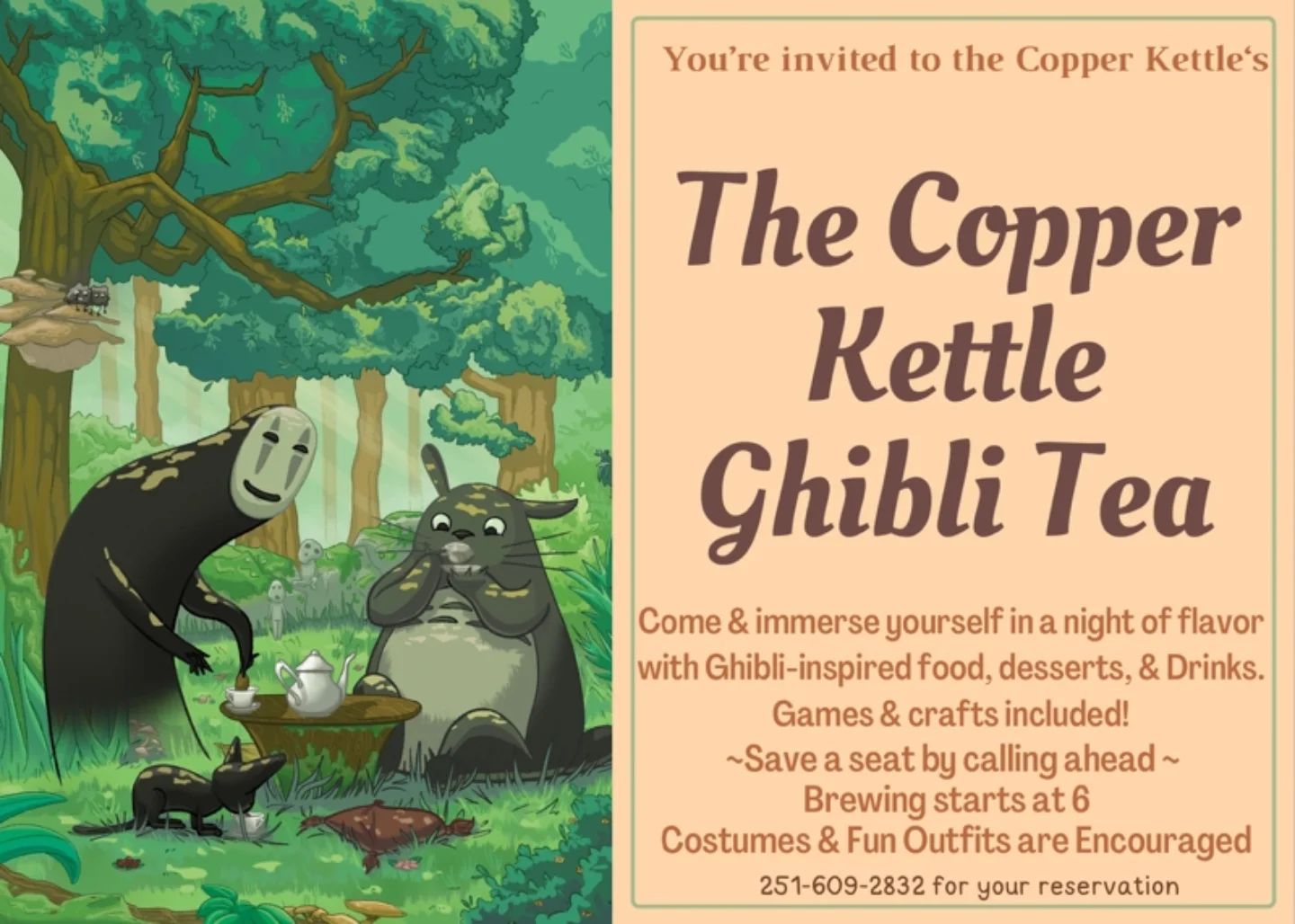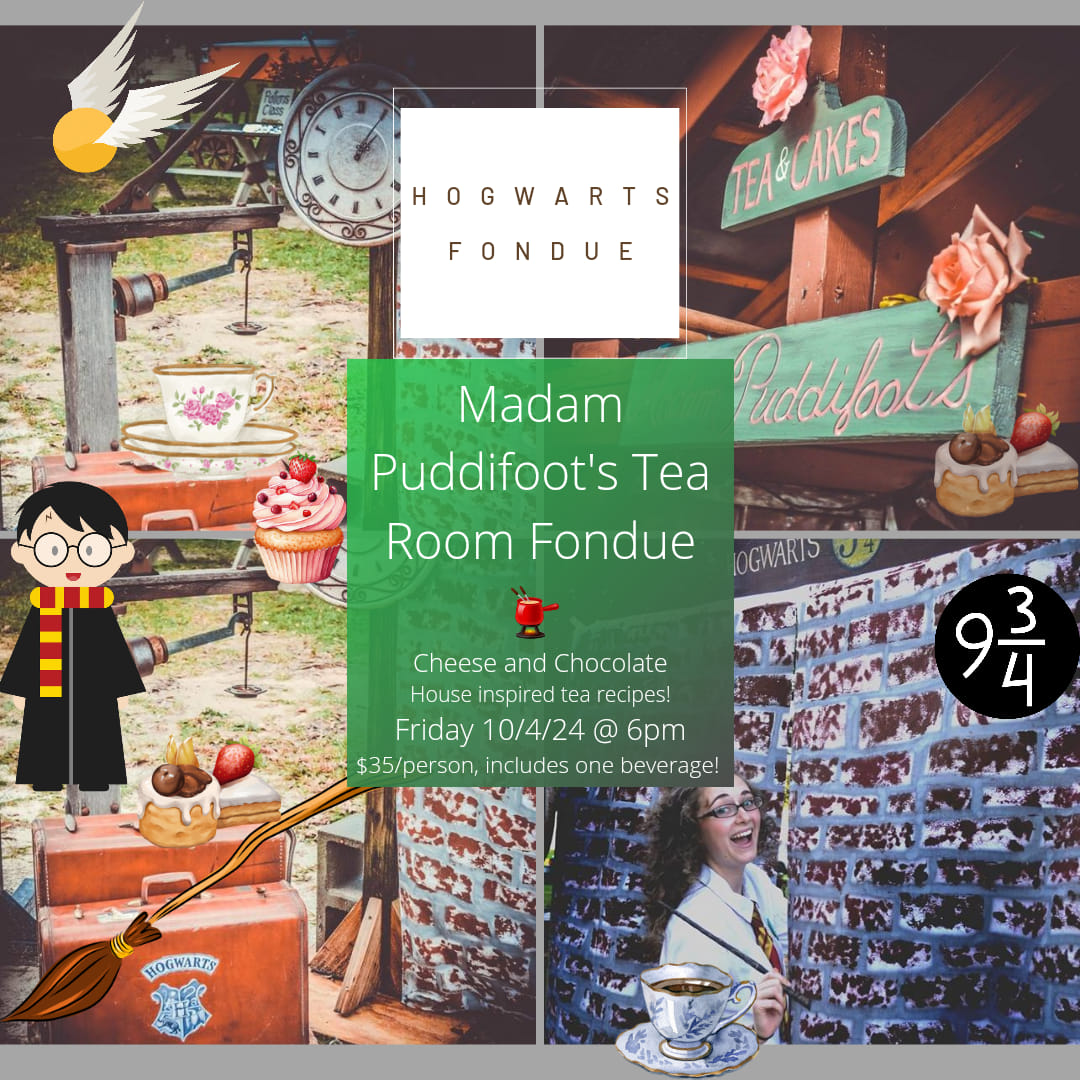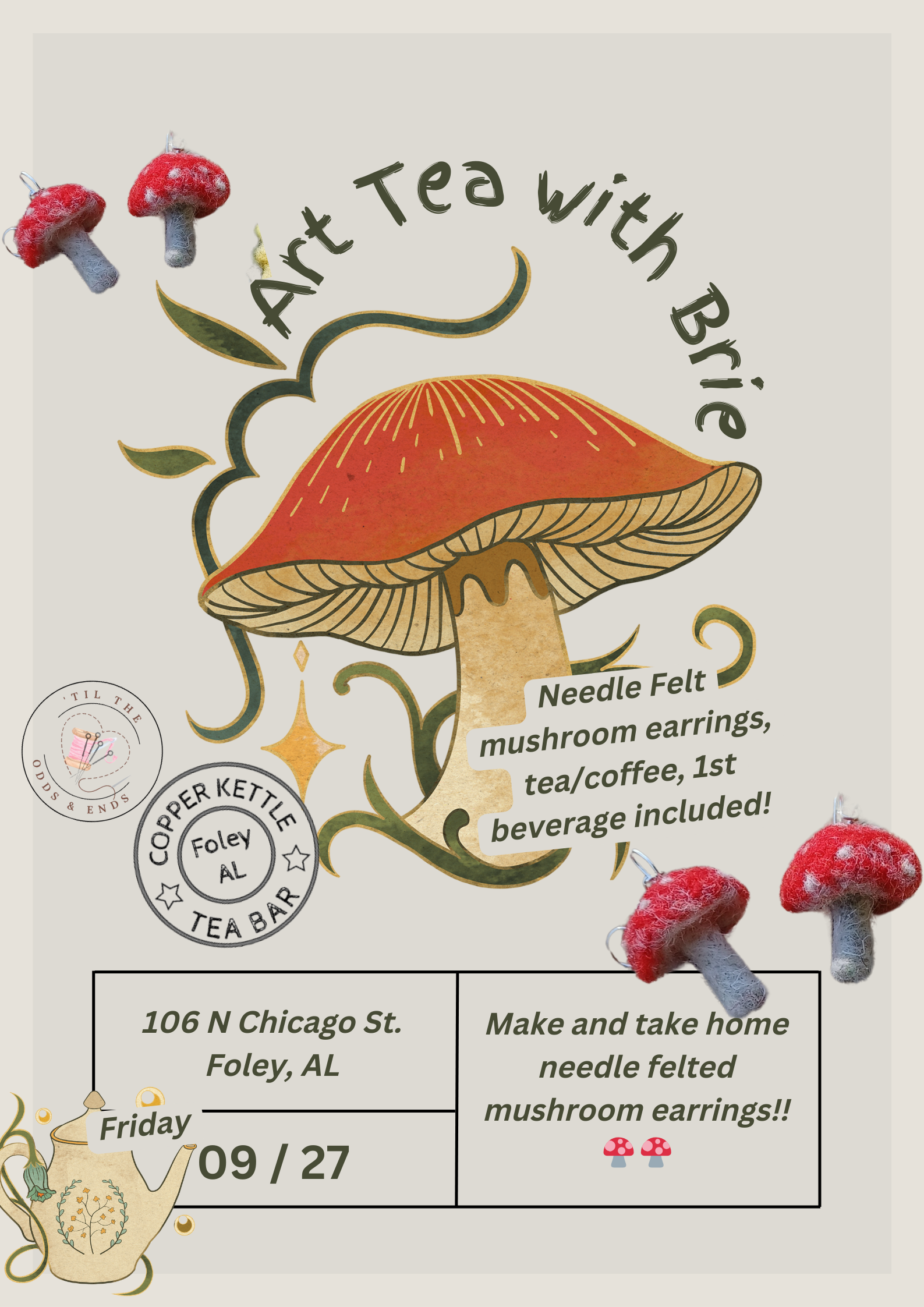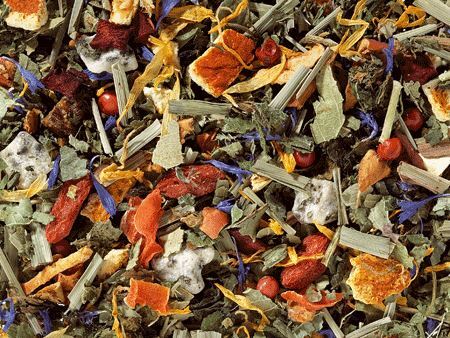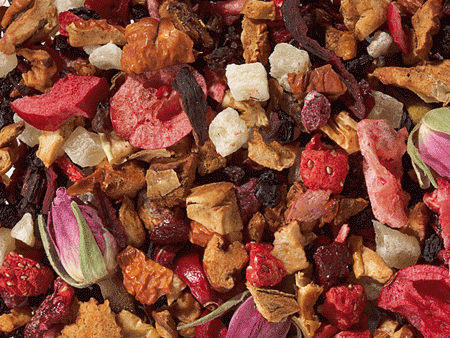This July, we are taking our inspiration for our ‘Afternoon Tea’ theme from the vibrant history of tea rooms in America.
Many people, when thinking of tearooms, picture the earlier Victorian style of teatime, where ladies wore fancy hats and nibbled dainty and treats in the parlor. Class differences were very much a part of the English history during this time. However, I am here to praise the American Tea Room, and the spirit it expressed for over a century. So shed those fancy hats and put your pinkies down in their proper place because American tearooms were as varied and colorful as the people and their origin who make up our past!
In the early 1900’s, things in the world began to change rapidly, an aftermath of the industrial revolution. Just like today (with the technology revolution), these rapid changes were frequently leaving a void in people’s daily lives. Communities were changing both economically and socially, and people were left looking for a place of familiarity and community. People were moving from the country to the city for work, farm families were often bewildered and separated for long hours as work took them off the farm and into factories. Also, the gap between classes was closing as a middle class began to emerge during this time.
And then the American Tearoom craze began; with numbers rising in the population, so too did the potential a tearoom represented as they helped fill the void in people’s lives for many reasons. The heart of a tea room has always been centered around providing hospitality, creating a space for conversation and, dare I say, a sense of community! A place for sharing new ideas, enjoying food, drink, and providing a place for moments of escape from the burdens of life.
Tearooms also helped create an income for women, who now needed or wanted to enter a much-limited workforce. It required little capital to start, and at that time, nothing near the number of licenses, permits and regulations to open a restaurant as in our present day. One did not even necessarily have to be a good cook! (Of course, we got extremely lucky in that department.) All they needed was a comfortable dining room, a cozy porch, or a garden turned into a roadside tearoom. With the newly invented automobile, it was fashionable for groups to pile in the car and tour the country. With few, if any, restaurants away from big towns, hungry and thirsty travelers appreciated the hospitality and homemade food of a roadside tearoom. Often these tea rooms were decorated in a quaint, old fashioned motif with wholesome plain furniture. They served simple comfort food, all boasting fresh ingredients. The countryside tearoom, I am afraid, would look very little like the posh hotel tea rooms we think of today. Menus often consisted of a few simple dishes and easy items like cinnamon toast, potato salad, ham sandwiches, pickles, and lemonade. It seems chicken and waffles were very popular on tearoom menus…(and here we thought it was a modern combo!)

Another crucial element of the tearoom came in the form of social change. During Prohibition, according to Jane Hedgerow, it gave people a place for social interaction without alcohol. A place where women could respectably come together and exchange new ideas and gossip. And while Twisted Tea is a thing of today, for those looking for alcohol during those times, many tearooms actually became a front for a speakeasy. In the Bohemian village of Greenwich, tea rooms were so popular that at one time there were over 40 tearooms within the village and often several in one building! They were as varied as the guests who frequented them, and numerous poets and painters would spend long hours in the teahouse working for food and exchanging ideas. Art was a draw for the tea room clientele, allowing for creative space and opportunity to sell or purchase handmade crafts such as weaving, jewelry, and lampshades. Not all were quaint and wholesome. Some tearooms operated far more like a nightclub, or a political hotbed of rebellious ideas. They were as eccentric as the culture of change at that time. From colonial diners decorated with period antiques, fortune telling tea rooms, all the way to exclusive nightclubs that were either frowned upon or sought out as a place where one could be in for a good time!
By the late 1920’s, the male dominated restaurant industry acknowledged that tearooms and women diners were a competition to be taken seriously. While the many contrasting personalities of tearooms embodied the American spirit of entrepreneurship, the public’s love of the rich and famous began to jump into the arena. Hotels and large cities by the twentieth century claimed many fine dining tea rooms, overlooking gardens while mimicking the Queen’s tea. Others capitalized on an exotic culture of tea such as Chinese, Egyptian, or Russian, that had much more to do with the interior design than the tea itself. Still, other businesses saw an opportunity to approach the tea room popularity from a different angle, and set up schools that promised to teach how to run your own tea room in just a few weeks. Garnering attention with catchy advertising such as “Pouring Tea for Profit.” Others made bank with Tea Room Cookbooks and the much sought after recipes of these famous establishments (if only Sue would give us her tomato bisque recipe!). They became gift shops, importers, and beloved establishments of their neighborhoods. The press wrote about the coming and goings of the more notable tearooms on a regular basis, often name-dropping in the interest of the highly popular Hollywood culture and America’s love of the famous. The ladies’ magazines wrote on tearooms regularly and featured recipes as well as the many advertisements on how to open your own tearoom.
You might pick up by now that I love the history of tearooms. And though I would never turn down an invitation to a Queen’s Tea and would love to experience the exotic Culture of a Japanese tea ceremony… It is the colorful and sometimes obnoxious, but mostly creative and entrepreneurial spirit of the American tea room I am singing the praises of.
This month, we kicked off the opening of our second location in Foley. We affectionately call it the Cottage, and we like to think it draws inspiration from many of these past tearooms. You will be in for a real treat if you reserve your Afternoon Tea themed red, white, and blue with less of an English influence and more of the American fresh, simple, popular foods. Sue will even be trying her version of chicken & waffles, chocolate bourbon cake, as well as several other vintage tearoom recipes for her specialty Afternoon Tea spreads and occasionally on the daily menu, if we’re lucky!
Sources: Whitaker, Jane. Tea at the Blue Lantern Inn
Leave your comment
Related posts
Fun Fridays are always grand, but sometimes they have even [...]
In the wizarding world, everything tastes better! Come and explore [...]
Mushrooms are fruiting everywhere in Foley, and they are bringing [...]

